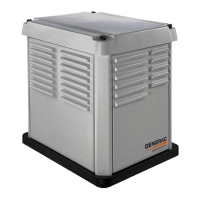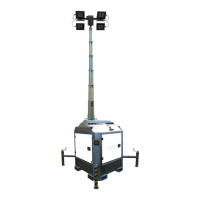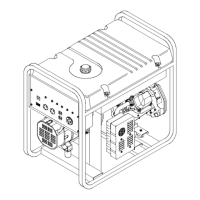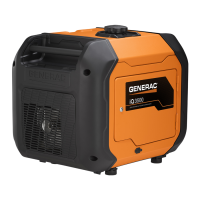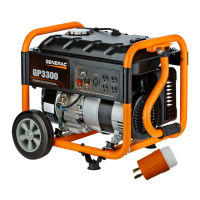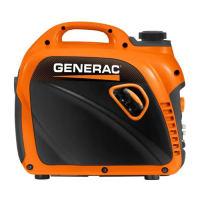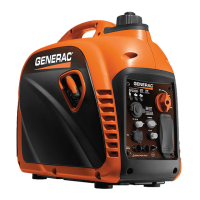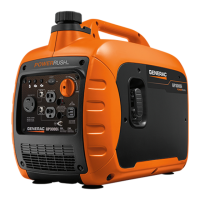ENGINE/DC CONTROL
PART 4
Page 71
Section 4.5
Diagnostic Tests
NORMAL MISFIRES
PRE-IGNITION DETONATION
Figure 54. Spark Plug Conditions
TEST 66 – CHECK ENGINE / CYLINDER LEAK
DOWN TEST / COMPRESSION TEST
Introduction
Performing the following test procedures will accurately
diagnose some of the most common problems:
•Will not start
•Lack of power
•Runs Rough
•Vibration
•Overheating
•High Oil Consumption
CYLINDER LEAK DOWN TEST
Discussion
The Cylinder Leak Down Tester checks the sealing
(compression) ability of the engine by measuring air leakage
from the combustion chamber. Compression loss can present
many different symptoms. This test is designed to detect the
section of the engine where the fault lies before disassembling
the engine. Figure 55 represents a standard Tester available on
the market.
Note: Refer to Manufacturer's instructions for variations of
this procedure.
Procedure
1. Remove the spark plug from the front cylinder.
2. Gain access to the flywheel. Remove the valve cover.
3. Rotate the engine crankshaft until the piston reaches top
dead center (TDC). In this position, both the intake and
exhaust valves will be closed. If the engine is not properly
position at TDC the results of the test may be inaccurate
at diagnosing a problem.
INLET GUAGE
PRESSURE SET
POINT
RED RANGE INDICATES
UNACCEPTABLE LEAKAGE
GREEN RANGE INDICATES
ACCEPTABLE LEAKAGE
NEEDLE INDICATES
MINIMAL AIR LEAKAGE
AIR PRESSURE
REGULATOR
REGULATOR
ADJUSTMENT
KNOB
COMPRESSED
AIR IN
OUTLET GUAGE
PRESSURE
TO SPARK
PLUG HOLE
OUTLET
GUAGE
0
0
0
Figure 55. Cylinder Leakdown Tester
4. Lock the flywheel at top dead center.
5. Attach cylinder leak down tester adapter to spark plug
hole.
6. Connect an air source of 90 PSI to the cylinder leak down
tester.
7. Adjust the regulated pressure on the gauge to 80 PSI.
8. Read the right hand gauge on the tester for cylinder
pressure. A leakage of 20 percent is normally acceptable.
Use good judgment, and listen for air escaping at the
carburetor (air intake), the exhaust, and the crankcase
breather. This will determine where the fault lies.
9. Repeat Step 1 through 8 on remaining cylinder.
Results
•Air escapes at the carburetor (air intake)– check intake valve
•Air escapes through the exhaust – check exhaust valve
•Air escapes through the breather – check piston rings
•Air escapes from the cylinder head – the head gasket should
be replaced.
CHECK COMPRESSION
Discussion
Lost or reduced engine compression can result in a failure of
the engine to start, or a rough operation. One or more of the
following will usually cause loss of compression:
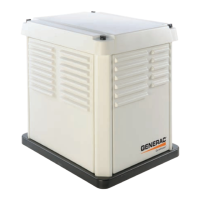
